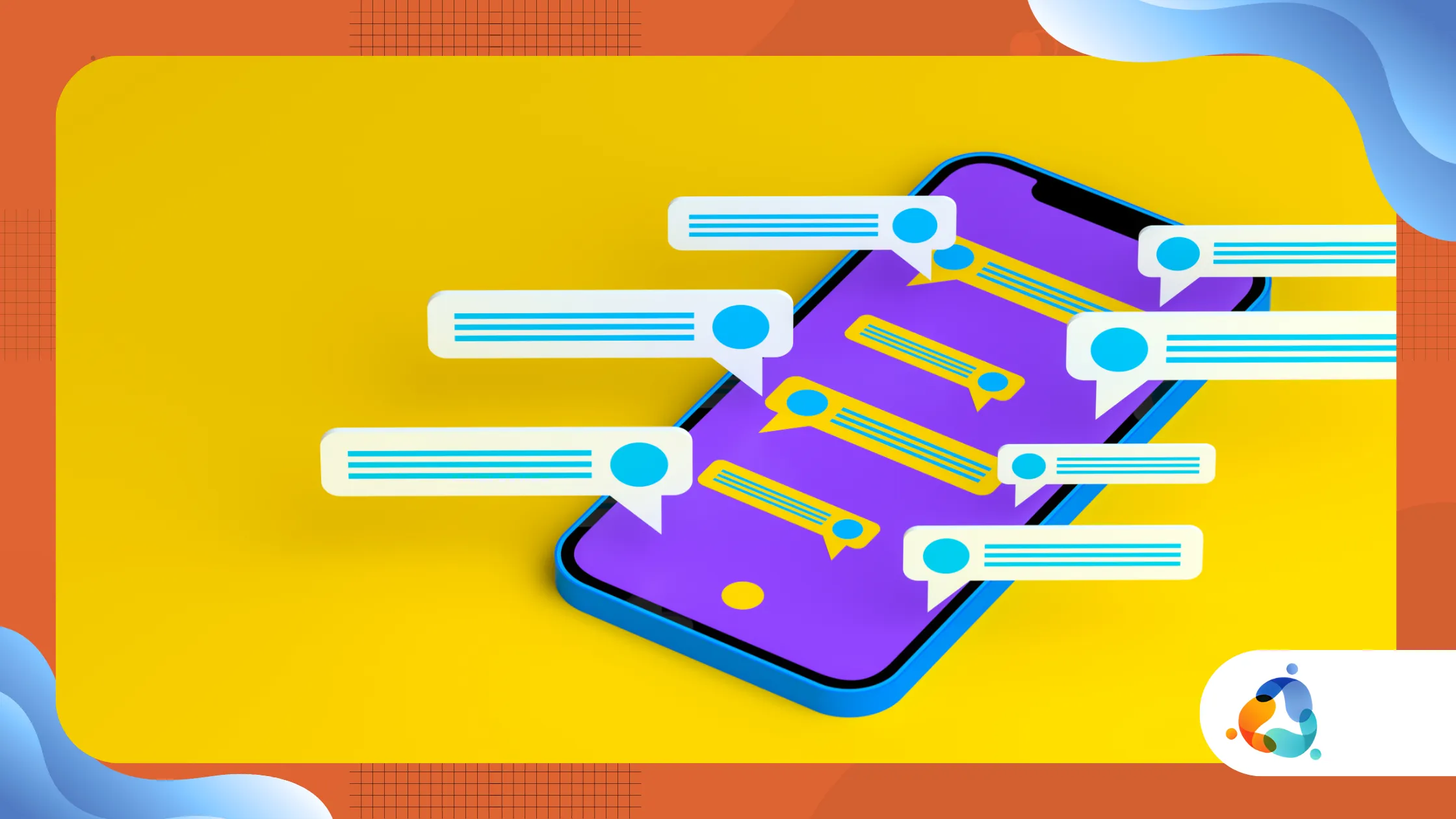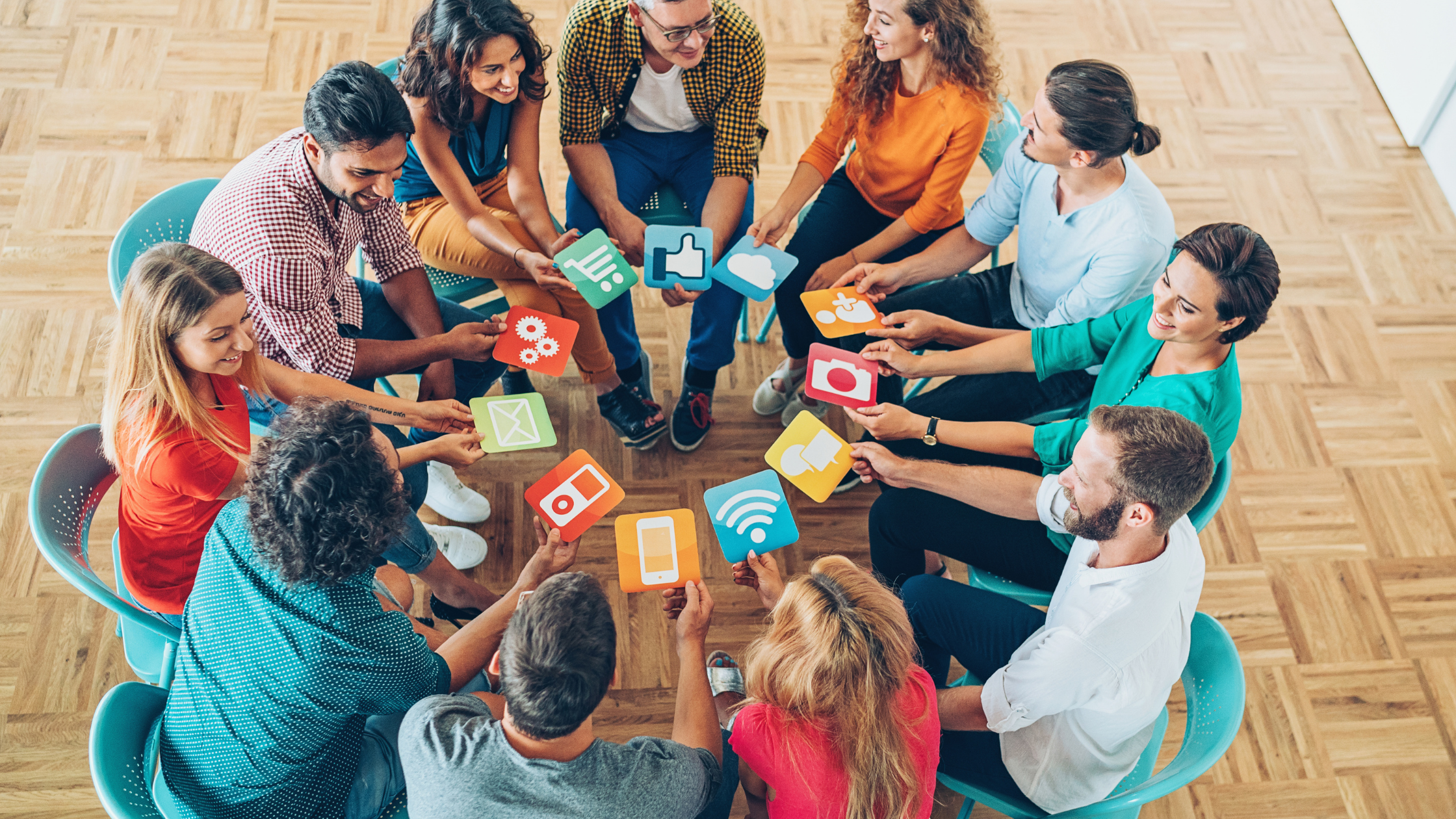Tips for protecting your privacy on social media

Advertisements
Protecting your privacy on social media has become a hot topic these days. Your digital life is an extension of your real life.
And just as you lock your front door, you need to protect your online space. The discussion about privacy isn't just for digital security experts; it's for everyone.
Why is privacy on social media so important? Our online interactions shape who we are and how we are perceived, both by friends and companies.
Every like, share, and comment adds a layer to our digital identity.
When this data is exposed, our reputation, financial security, and even our personal integrity can be compromised.
Personal data protection is a shield against the misuse of your information.
Advertisements
This ranges from a simple bombardment of targeted ads to something more serious, like identity theft. Ignoring this protection is like leaving your personal information scattered in public.
Control over your information is what defines your freedom of expression and autonomy on the internet. It's about deciding who can see what you post and who can benefit from it.
Where Privacy Fails: The Risks You Run
Failure to pay attention to privacy settings can lead to serious consequences. One of the biggest dangers is data theft, a practice that has become sophisticated.
Another risk is exposure to fraud and phishing scams, where criminals use public information to create convincing messages.
An attacker might, for example, pretend to be a friend to ask for money.
Data tracking by companies for marketing purposes is also a concern. They use your profile to create a detailed picture of your interests and consumption habits.
Geolocation is another vulnerability. Posting photos with location enabled can reveal your daily patterns, residence, and work locations.
++ Drones for personal use: what is permitted by law in Brazil
Exposing detailed personal information in your profile can be used for social engineering, where someone builds trust to obtain even more data.
This type of invasion is silent and dangerous.
Online privacy is a game of chess, where every move, every post, needs to be carefully considered. Negligence can lead to checkmate.
Essential settings to protect your privacy on social networks
One of the most effective steps is to review your account privacy settings. Most platforms allow granular control over who sees your posts.
Make sure your friends list is actually made up of people you know and trust. Removing unnecessary connections reduces your profile's visibility.
Another vital tip is to disable geolocation on posts and photos unless strictly necessary. This prevents third parties from tracking your movements.
Two-factor authentication (2FA) is a robust security barrier. It requires a second form of verification to access your account, making it more difficult for intruders to gain access.
It's also important to separate your personal and professional accounts by creating separate profiles. This prevents personal information from becoming intertwined with your public career image.
++ Residential solar panels: how to monitor consumption via cell phone
Keep your professional profile away from your personal one
Maintaining a professional profile on LinkedIn and a personal one on Instagram or Facebook is a smart practice. This helps you control the image you project to different audiences.
The information you share at work may not be the same as the information you share with friends. Separating these spaces prevents one from compromising the other.
The importance of digital awareness
Privacy starts with how you think about what you post. Every post is a conscious decision.
Before sharing, ask yourself: "Who can see this? And what can they do with this information?" This simple act of reflection can prevent future problems.
Example of a common situation: Maria, an Instagram user, posts a photo of her new credit card, celebrating a purchase.
The image, even from an unfavorable angle, exposes part of the card number and expiration date.
A scammer skilled in image editing could easily capture and use this data for online purchases.
This oversight, unfortunately, is more common than it seems and puts your finances at risk.
++ Tips for protecting your data on Alexa-connected devices
The Privacy Chart: A Quick Guide to Your Platforms
| Platform | Essential Recommendation | Why do it? |
| Keep your account private. | Limits access to your content and stories by strangers. | |
| Limit post visibility to “Friends”. | Ensures only your nearby network sees your content. | |
| Disable read receipts. | Allows you to read messages without the need for an immediate response. | |
| TikTok | Check video privacy permissions. | Prevents personal videos from being exposed to a wide audience. |
This table serves as a starting guide to strengthen your security. Remember, settings can be changed at any time.

The cycle of misinformation and privacy
Exposing personal data facilitates the spread of fake news and misinformation. Your profile can be used as a channel to spread lies.
Privacy isn't just about you, it's also about the integrity of the information circulating online. A safe environment is built collectively.
According to a 2024 Pew Research Center survey, 731,000 Americans have changed their privacy settings on social media in the past two years.
This data shows that concern about data protection is on the rise. Awareness, while growing, still needs to be strengthened.
++ Tips for maintaining your privacy online – *você sairá deste blog*
The Privacy Analogy: Your Home Window
Think of your online presence as the window to your home. A wide-open window invites prying eyes and, worse, intrusions.
You can have curtains, blinds, or a frosted glass window, depending on how much you want the world to see what's going on inside.
Online privacy is exactly that: a set of tools to control who can look through your digital window.
You decide whether the window remains open to everyone, to a select few, or whether it remains closed. The choice is yours.
Discussion on this topic is a constant reminder that digital security is an individual and ongoing responsibility.
Conclusion
Protecting your privacy on social media is not a one-time act, but an ongoing practice of attention and care.
With each new platform and feature, you need to reevaluate your settings and habits. In a world where information is valuable, being the guardian of your own data is crucial.
Privacy is the foundation of your digital freedom.
Afinal, por que dar aquilo que tem tanto valor? A sua informação é a sua posse mais valiosa no ambiente online. Lembre-se, um pequeno esforço hoje pode evitar grandes problemas amanhã.
Frequently Asked Questions
1. Is it safe to use the same password for different social networks?
No. Using the same password for multiple accounts is a dangerous practice. If one account is compromised, all others are at risk. Use a password manager to create unique and secure passwords for each platform.
2. Who should I give permission to access my data in third-party applications?
Be selective. Many apps ask for access to your contact list, photos, and other personal information.
Only grant permission to apps that you truly trust and that need this information to function.
3. What are cookies and how do they affect my privacy?
Cookies are small data files stored in your browser.
They can be useful for keeping you logged in, but they are also used to track your online activity and collect data for advertising.
You can configure your browser to block or manage these cookies, protecting your privacy.
4. Are my private messages in chat apps really private?
Most chat platforms, like WhatsApp, use end-to-end encryption, which means your messages are secure.
However, it's crucial to ensure your device and account are secure, with two-factor authentication enabled to prevent unwanted access.